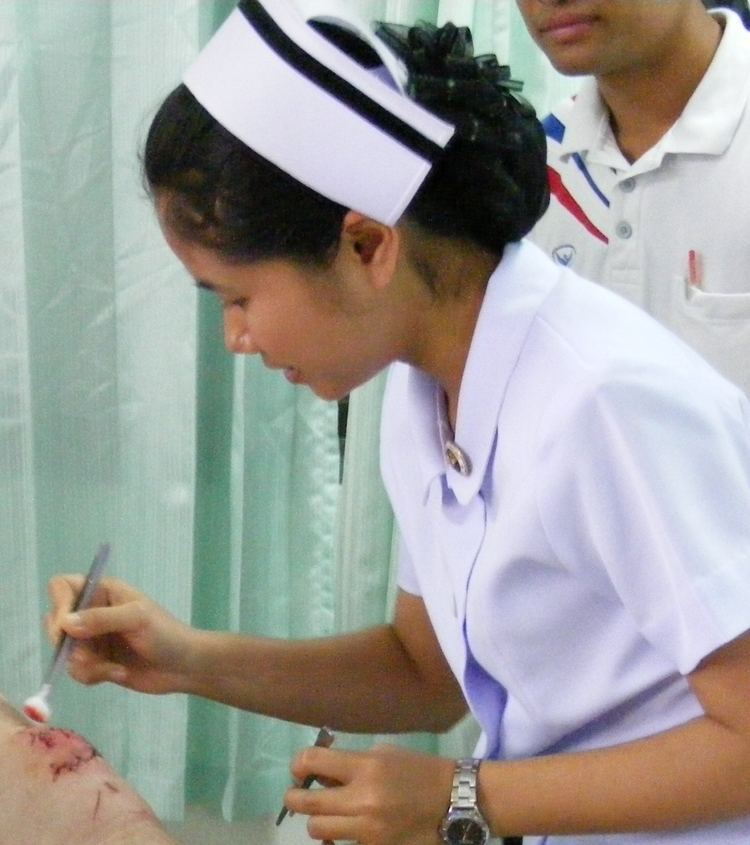Value 0.360 (2012) Maternal mortality (per 100,000) 48 (2010) Females over 25 with secondary education 29.0% (2010) | Rank 66th Women in parliament 15.7% (2012) Women in labour force 63.8% (2011) | |
 | ||
Women in Thailand were among the first women in Asia who were granted the right to vote in 1932. They are underrepresented in Thai politics. Yingluck Shinawatra, a woman, was prime minister from 2011 to 2014. The roles of women in Thailand's national development has not yet been fully established. Factors that affect women's participation in the socio-economic field include "inadequate gender awareness in the policy and planning process" and social stereotyping.
Contents
Politics
Despite of the absence of legal limitations to women participating in the politic arena of Thailand, the factors that have impeded the rise of women in political activities include structural barriers, cultural impediments, lower educational attainments, lower socio-economic status, and power-sharing issues with the opposite sex. It was only on June 5, 1949 that Orapin Chaiyakan became the first Thai woman to be elected to hold a post in the House of Representatives of the National Assembly of the Kingdom of Thailand. First Women Army Officer Lt.Col.Thita Manitkul (2001-2005)
Business
In the realm of entrepreneurship, Thailand's female population comprised 47% of the country’s workforce, which makes up the highest percentage of working women in the region of the Asia-Pacific. However, these women are also confronted by hiring discrimination and gender inequality in relation to wages because of being "concentrated in lower-paying jobs".
Marriage
According to the National Statistical Office of Thailand, female Thais marry at an earlier age than male Thais, and that 24% of Thai households have women identified as "heads of households". In 2007, The New York Times reported that after the Vietnam War, Thailand became a "rest and recreation" and sex tourism destination for male foreigners, resulting in some marriages with Thai women. Among those who establish such marriages are men from Europe and the United States seeking companionship and economic relief, particularly during retirement. Thai women, on the other hand, enter into the marriages in order to redeem themselves from their former life as prostitutes, from abandonment by former partners, and as an escape from "poverty and unhappiness". Certainly, not all Thai women who entered into this type of marriage were former prostitutes.
The evolution of women's rights
In Thailand, women's rights according to labor laws require that men and women get paid for the amount of work they do. In the 1977 constitution women were required to receive equal rights and protections. However, some inequalities remain in the law. There are no laws prohibiting women from holding office however there are very few women holding office. The biggest problem for gender inequality is when it comes domestic violence and trafficking. Sexual harassment became illegal in 1998, but there are few reported cases and very few that are prosecuted because of the difficulties involved in proving a case. Domestic laws are still to be enacted in the constitution and the requirement for evidence of domestic abuse makes it nearly impossible to prosecute. Traditionally, a girl's education took place mostly in the home, coupled with domestic chores, while boys usually went to a Buddhist monastery for education. Education overall for business and careers is lacking in Southeast Asia.
